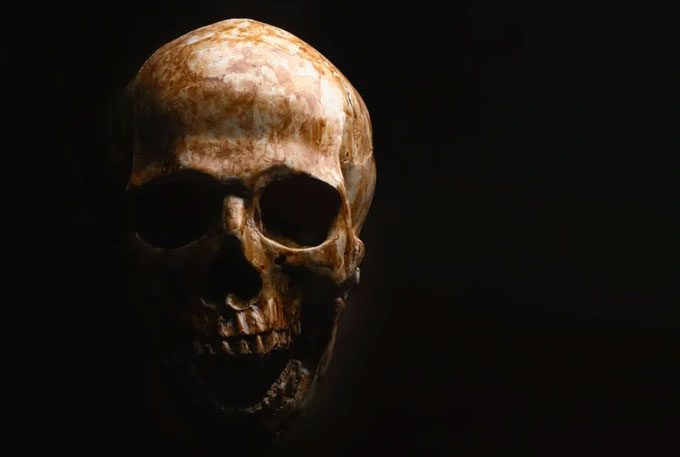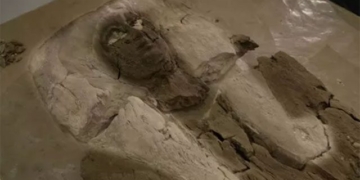Genetic traces from a mysterious hominin species identified in some populations in West Africa.
A study by scientists at the University of California, USA, reveals that some populations living in West Africa today carry traces of an ancient hominin species within their DNA.

The DNA of the “ghost” hominin found in West Africa does not match that of Neanderthals or Denisovans (Illustration).
This discovery is similar to how Neanderthal DNA can still be found in many populations of African descent, or how Denisovan DNA exists in individuals of Asian descent.
However, unlike the aforementioned groups, modern science has yet to find any traces of this ancient human species, also referred to as the “ghost” human.
To reach this conclusion, researchers analyzed the genomes of over 400 individuals from four populations in West Africa, including the Yoruba and Mende.
Using computational modeling techniques, they discovered that approximately 2-19% of the genetic code of these populations originated from an unidentified source.
This raises a significant question: Who were their ancestors?
Some hypotheses suggest that this genetic lineage emerged when members of two populations interbred, and the resulting hybrids continued to mate with members of their parent populations.
In fact, modern humans are believed to have interbred extensively with both Neanderthals and Denisovans, as a small amount of their DNA can still be found in most populations of Europe and East Asia.
However, the DNA of the “ghost” human found in West Africa does not match that of Neanderthals or Denisovans at all.
Clearly, there are still mysteries within the human lineage, as well as groups that once existed in the past but remain unknown.




















































